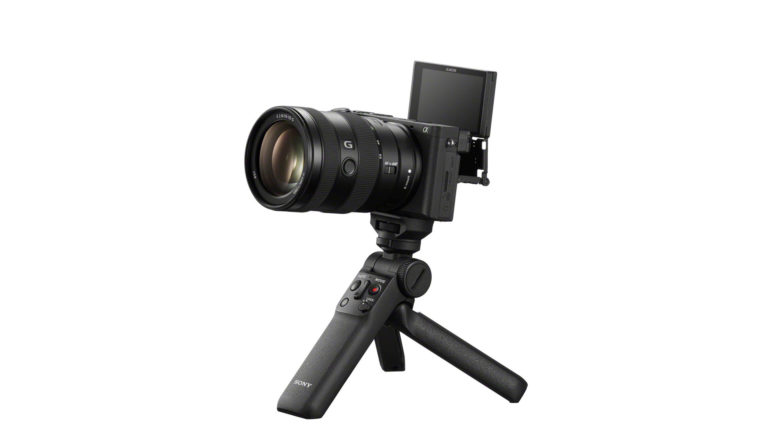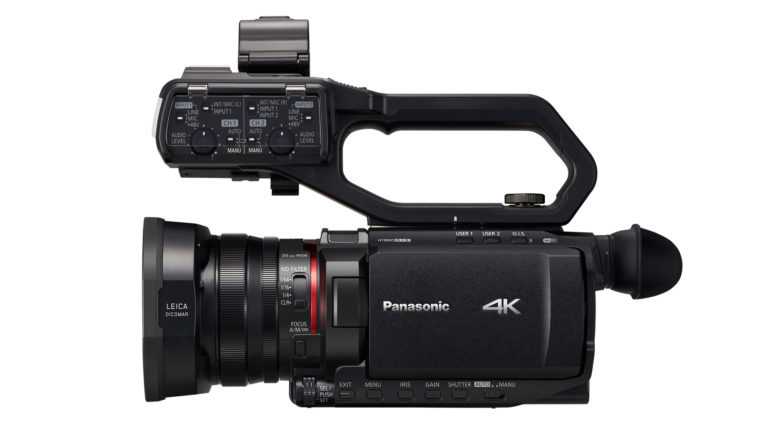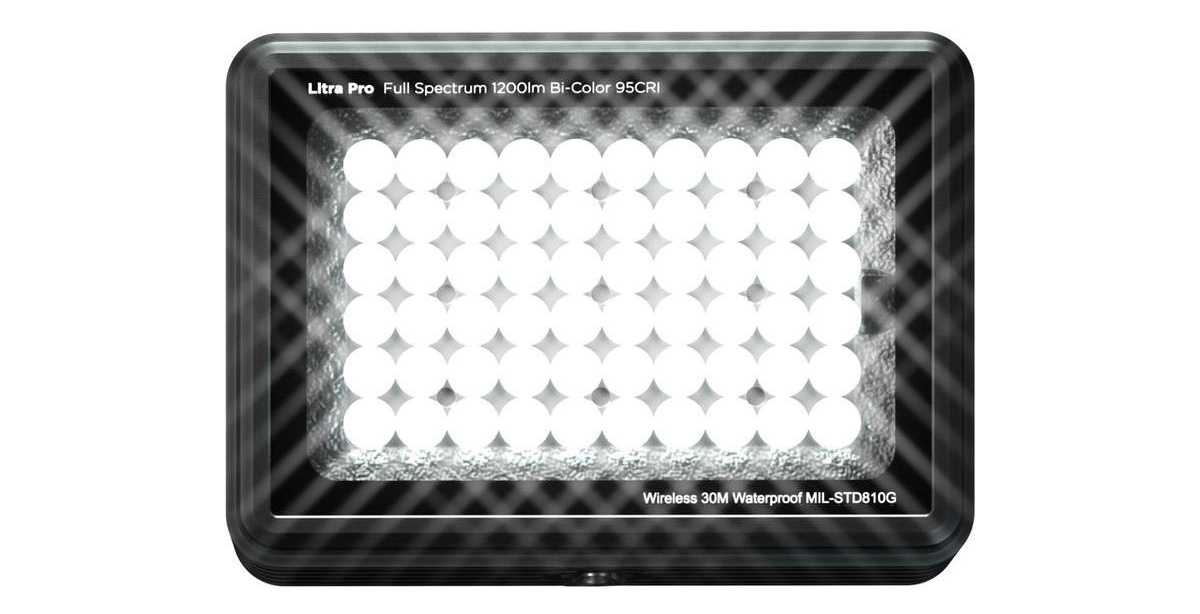How One Production Company Plunged into the Optical Workflow With Sony's XDCAM and Learned a Thing or Two about Media, Proxies and Digitizing
"ROI Reviews,"), I wanted to find out how a complete XDCAM system –
when matched with standard editing software – worked under real-world
conditions. Here at my production company in Seattle, we decided to
test run the XDCAM system in three productions: a PSA for a
Seattle-based nonprofit organization, an interview for a fine arts
documentary, and a dramatic narrative film scene. On all three
projects, the XDCAM definitely gave us an edge, pushing out great image
quality and turn-on-a-dime production flexibility that tape-based
systems just can’t touch.
Sony’s ProDATA PFD23 Blu-ray Professional Disc. The PFD23 has a street
price of about $29, and each disc holds 23.3 GB of data – that’s 85
minutes of video in DVCAM mode and 45 minutes of data in the highest
IMX 50 Mb/s mode. By comparison, Sony 40-minute DigiBeta or 60-minute
BetaSP tapes have street prices of around $25 and $22, respectively.
The important factor here, according to Sony, is that you can record
over the ProDATA discs more than 1,000 times and playback over
1,000,000 times without quality loss. This is definitely not the case
with tape, where it’s better to buy brand new tape stock than rely on
used tape. I first called vendors we knew here in Seattle, then
broadened the search to Vancouver, but still no discs. Finally, I
called Plus8 Digital in Burbank, California, which did have ProDATA
discs in stock but steered us to cheaper sources online. We made a good
connection at
mail-order house that actually works late enough to take West Coast
orders. The moral of the story: For the immediate future, don’t expect
to get ProDATA discs locally or at the last minute.
the camera itself. The moment you pop in an unformatted ProDATA disc,
the XDCAM automatically does a quick format, which takes about two
minutes. It takes about 15 minutes, however, to completely reformat a
full disc.
You can only use one of the four different recording formats – DVCAM,
IMX 30, IMX 40, and IMX 50 – on a disc at one time. Once you’ve
recorded a format onto a disc, it is set to that format until you fully
reformat it. On the plus side, you can mix different frame rates, or
aspect ratios, on the same disc.
access recording. Instead of taping video from start to finish, you
record data files that can be linked together for linear playback, or
accessed like chapter stops on a DVD. This is really great when you
need to compare looks or check for continuity.
arrived, as she had a tight schedule. Since this was a guerilla
production, only co-producer Meg McHutchison and I were on location. We
used Meg as a talent stand-in to adjust the lighting. I recorded a base
shot, then did separate recordings while adjusting lights or camera
settings. Once I felt the image was set, Meg returned to producer mode
to review the clips I flipped through using the "previous" and "next"
buttons on the PDW-530’s playback controls. Later, I used this same
technique to maintain continuity during the other shoots.
of the tape before recording again. You can preview any clip you
recorded earlier, then immediately record a new clip. This is recorded
on the empty section of the disc, leaving your original material
untouched.
on the PDW-530, hoping to control as much as we could in-camera so we
wouldn’t have to do it in post. The sheer number of menu items in the
PDW-530 can be overwhelming at first, but we quickly learned to
reference just the menu pages we changed consistently. We saved a lot
of time here by employing the User Menu setting, where you can save and
access all your favorite menu pages.
categorize different shots. While we recorded an interview, for
example, I was able to use the Shot Essence mark metadata to add the
starting point for each question. Later, we were able to quickly sort
the interview according to the Shot Essence marks.
the camera did? As long as the record buffer is activated, the moment
you hit record, you capture what’s going on now, as well as everything
that happened in the last 12 seconds. A great feature!
post. There were two main XDCAM benefits we couldn’t fully take
advantage of: Using the IMX files natively and using the proxy video
files. Why? The short answer is because the XDCAM system is cutting
edge, and the rest of the industry still hasn’t caught up with the IMX
format.




digitize your footage; the XDCAM actually digitizes straight to the
ProDATA disc. You only have to copy data from one hard-drive media to
the other. Sony makes high-speed file transfer even easier by adding a
FireWire I/O port to all XDCAM equipment, as well as a 1000 BaseT
Ethernet connection on the PDW-1500 recorder. This means that with the
camera’s FireWire connection, you can send your IMX data 1.3 times
faster than real time, or copy over your DVCAM footage 2.5 times
faster-and even faster if you use the Gigabit Ethernet connection on
the XDCAM PDW-1500 deck.
media natively (with the exception of Sony’s XPRI NLE system). Avid,
Pinnacle, and many others have pledged support, but that will take a
bit of time to implement-according to the vendor sources I talked to,
it might not happen until late March. We were able to get the
full-quality IMX 50 signal into our Avid system, but only after we
redigitized the footage through an SDI connection. (You can also import
DVCAM directly, if you’re willing to take the quality hit.)
your footage with any DV-based NLE system; all the XDCAM equipment can
output a DVCAM stream at the same time. We were able to cut together a
sequence on Apple Final Cut Pro HD using the DVCAM output of the PVW-V1
mobile deck. Another plus: Even as a 4:1:1 DV video stream, the XDCAM
footage looked beautiful.
liked. The Sony PDZ-1 software that comes with the system, still in
beta, provides cuts-only editing on the system, but it’s very limited.
We can’t wait until all the other NLE systems support the proxy video
files. Stay tuned.
us that the Sony XDCAM system is a major paradigm shift in video
production. This nonlinear recording format sounds like a minor
thing-until you start working with it. Then you find that being able to
compare clips instantly, work with proxy clips, send video files over
FireWire, and add important metadata become welcome, and in some cases
critical, features.
from how you’ve traditionally shot video. Like the switch from
typewriter to word processor, tapeless video formats are the way it’s
going to be for standard definition ENG and EFP production. Typewriters
haven’t vanished from the face of the earth, and neither will
tape-based video systems. However, we found out that once you’ve worked
with a tapeless camera like the XDCAM system, it’s nearly impossible to
go back.
Did you enjoy this article? Sign up to receive the StudioDaily Fix eletter containing the latest stories, including news, videos, interviews, reviews and more.









Leave a Reply